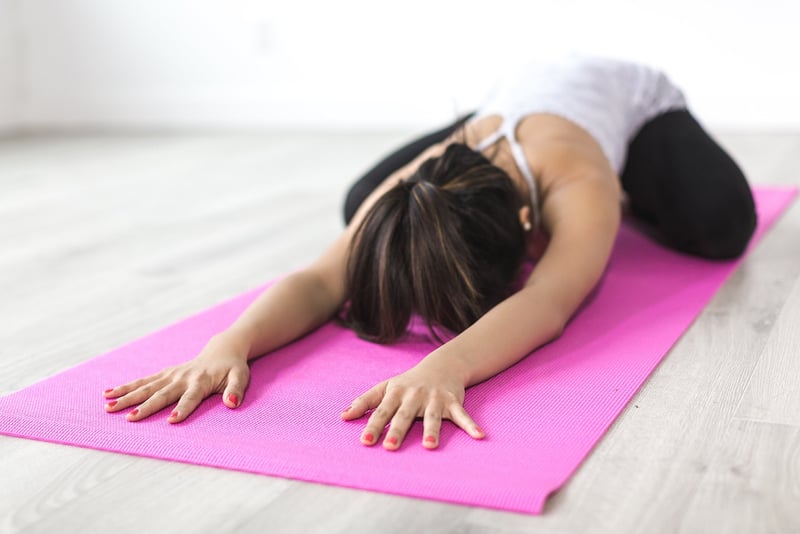Pranayama techniques
Master Your Breath: Techniques to Control Breathing and Pranayama
Breathing is an essential function of life, but did you know that the way you breathe can have a significant impact on your physical, mental, and emotional well-being? By mastering your breath through various techniques, you can improve your focus, reduce stress, and enhance your overall health. In this article, we will explore different methods to control breathing and introduce you to the ancient practice of Pranayama.
1. Diaphragmatic Breathing
Diaphragmatic breathing, also known as belly breathing, is a fundamental technique to control your breath. To practice diaphragmatic breathing, follow these steps:
- Lie down or sit comfortably with your back straight.
- Place one hand on your chest and the other on your abdomen.
- Inhale deeply through your nose, expanding your abdomen as you breathe in.
- Exhale slowly through your mouth, allowing your abdomen to deflate.
- Repeat this process for several minutes, focusing on the rise and fall of your abdomen.
2. Box Breathing
Box breathing is a technique used by many to calm the mind and body. This method involves breathing in four equal parts, creating a square or box shape. Here's how to practice box breathing:
- Inhale deeply for a count of four seconds.
- Hold your breath for another four seconds.
- Exhale slowly for four seconds.
- Hold your lungs empty for four seconds.
- Repeat this cycle for several rounds, maintaining a steady pace.
3. Alternate Nostril Breathing (Nadi Shodhana)
Nadi Shodhana, or alternate nostril breathing, is a Pranayama technique that helps balance the energy channels in the body. To practice Nadi Shodhana:
- Sit comfortably with your back straight.
- Place your left hand on your left knee with the palm open to the sky.
- Use your right thumb to close your right nostril and inhale through your left nostril for a count of four.
- Close your left nostril with your right ring finger and hold for a count of four.
- Release your right nostril and exhale for a count of four.
- Inhale through your right nostril, close, hold, and exhale through your left nostril. Repeat for several cycles.
Practicing these techniques regularly can help you develop a deeper connection with your breath and experience the many benefits of controlled breathing. Whether you choose diaphragmatic breathing, box breathing, or Pranayama, incorporating these methods into your daily routine can lead to improved well-being and a greater sense of calm.
Remember, the breath is a powerful tool that can help you navigate life's challenges with grace and resilience. Explore these techniques, find what works best for you, and embark on a journey to master your breath and transform your life.
Images source: Pixabay

